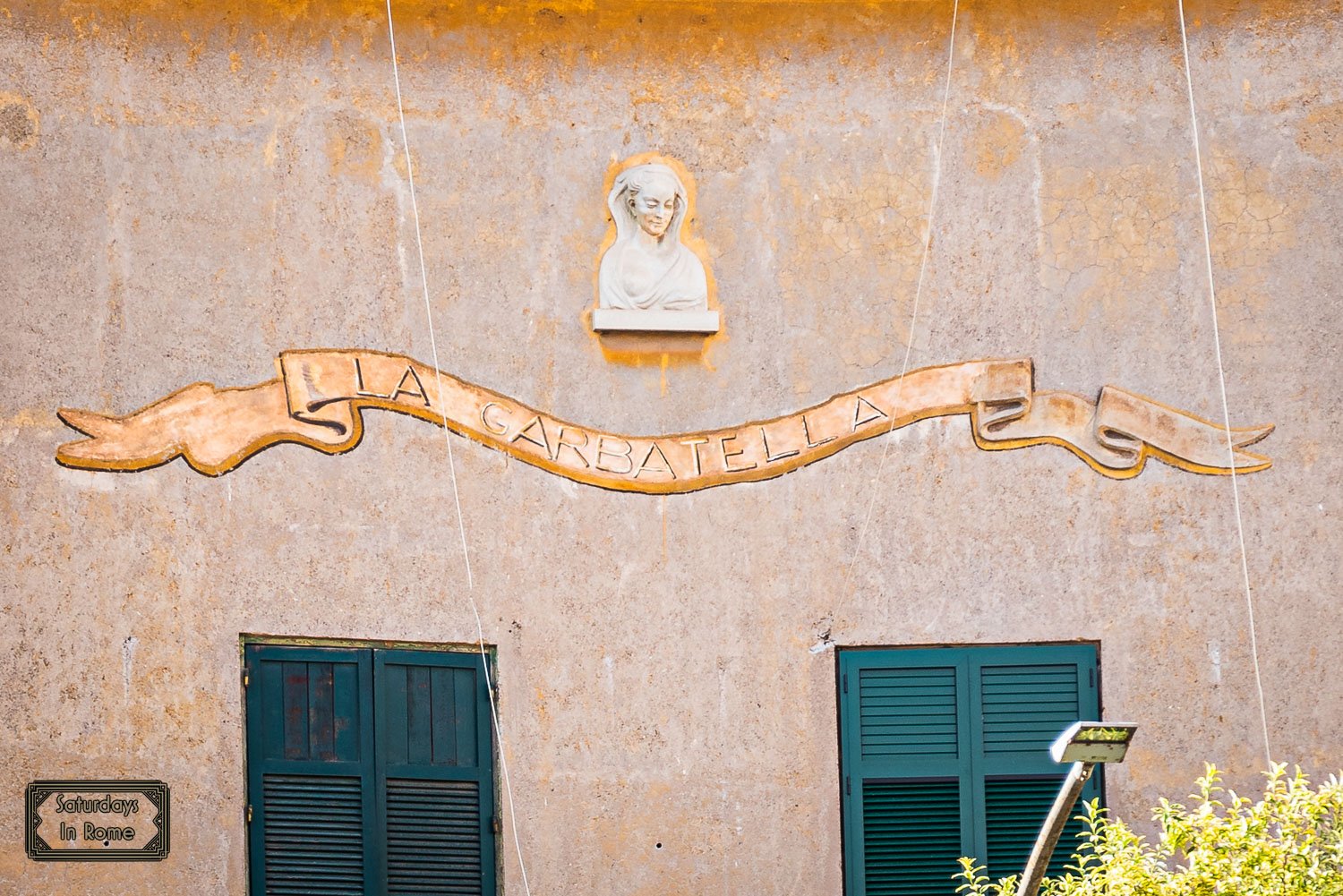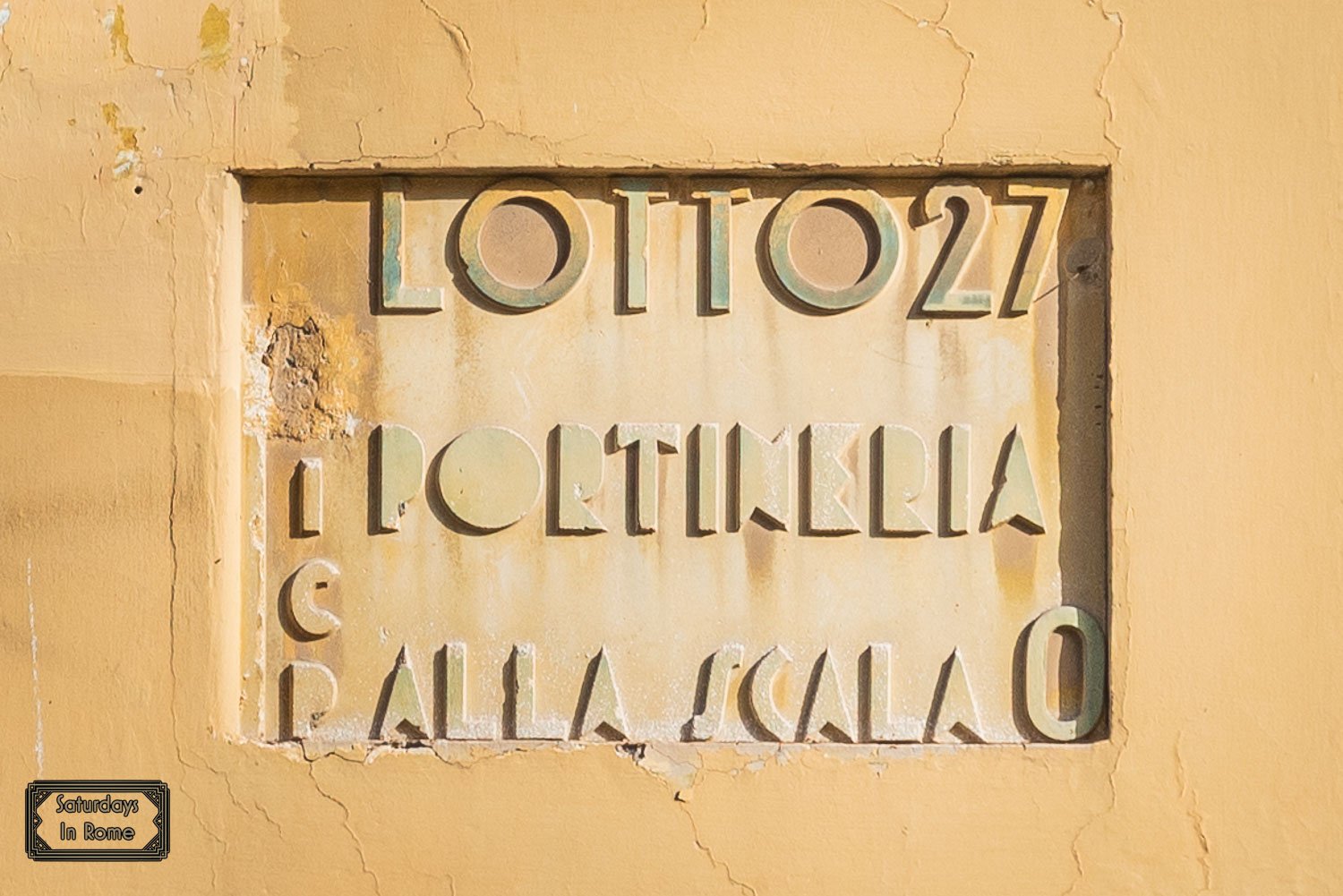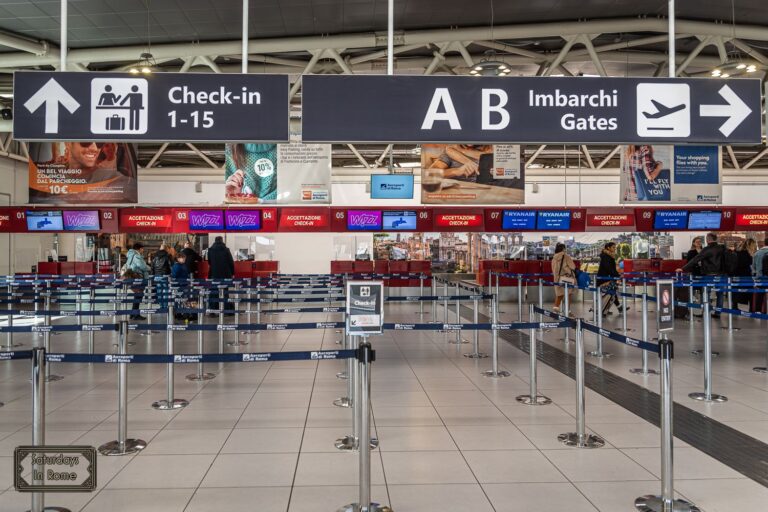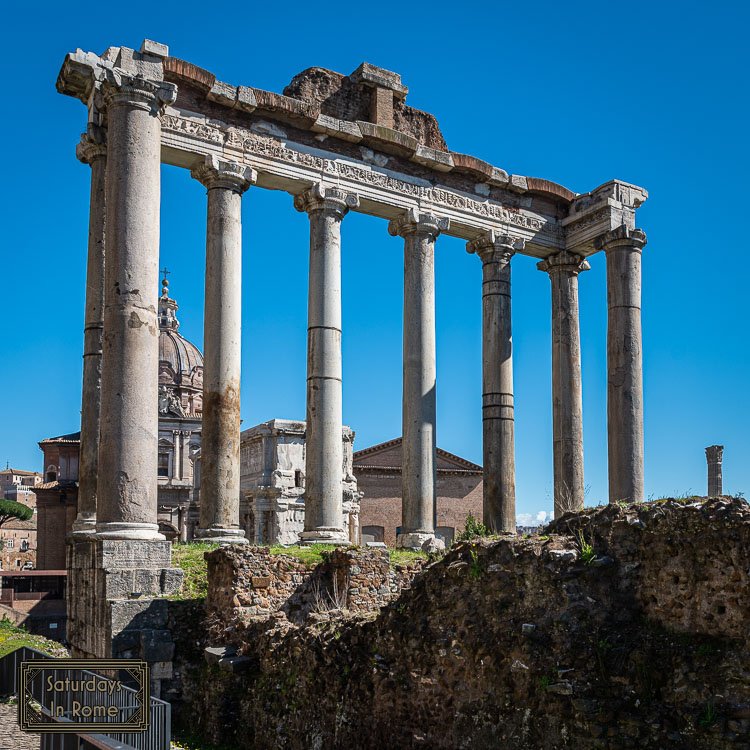Is Garbatella, Rome Safe For Tourists To Visit At Night?
Is Garbatella, Rome Safe For Tourists? Yes, this beautiful neighborhood has great architecture, friendly people and great restaurants that you should visit.
The Welcoming Garbatella
Originally known as the Borgata Giardino Concordia, it was founded on February 18, 1920 on a hill adjacent to the Papal Basilica of St. Paul Outside The Walls. The area has long been popular and is still today one of the more in demand places to live in the capital.
What Is The Garbatella Neighborhood Like?
One of the unique aspects of Garbatella is in the architecture. The older section of the neighborhood is divided into lotto, which are the housing units that are made up of several buildings around a common courtyard. These gardens are a gathering point for the families that live in the surrounding buildings.
Need Help Planning?
- Cheap Flights: Find The Most Affordable Flights.
- Accommodations: From 1 to 5 Stars And More.
- Car Rentals: Affordable Travel Across Italy.
- Sightseeing Tours: Explore Some Amazing Tours.
- Buying An eSIM: Stay Connected In Italy.
This post includes affiliate links.
Why Is It Called Garbatella?
There are many theories about the origins of the name Garbatella. Some believed that it came from a type of cultivation on the hills overlooking the Basilica of Saint Paul called “a garbato” or “a barbato”, which meant “supported gently on the hills”. Another theory that is believed is that the name comes from how nice the area is, since “garbato” translates to polite or courteous.
The Neighborhood Is Divided Into Lotto
The most likely and widely believed is that the name forms from the presence in the neighborhood of a tavern in which there was a landlady that had a very kind and polite disposition for which she became famous. This politeness has also been interpreted as vague sensuality, so take that as you will. According to the local legend, the hostess’s name was Carlotta and the tavern was located near the Basilica frequented by pilgrims walking their pilgrimage to the seven churches of Rome.



The History Of Garbatella
The belief is that the development of Garbatella was to be as a marked urban extension of those years in Rome, but it is also for a very specific purpose. It was built to support the port in Ostia, which would be connected to two river ports on the Tiber, one near via del Porto Fluviale and Garbatella, near the Basilica of San Paolo.
This new garden city would serve to accommodate the workers assigned to this ambitious project and other employees in the industrial area of the Ostiense district. The Ostia project had fallen through, with Garbatella continuing to live a life of its own, even if not sticking to the original plan.
A Courtyard For Every Lotto
Architecturally, the primary inspiration of the new district was an updated version of the British garden city. The area was built as a complex of single-family houses with internal courtyards and plots of agricultural land.
These were known as Lotto, which are the star of the neighborhood. The older part of Garbatella that was developed initially had around 62 lots. Additionally, a new architectural style is recognized here, at least in relation to the first buildings built.
There are very clear expressions and references to trends already established in Europe. For example, Rationalist architecture (Modern Movement and Italian Rationalism) heavily influences the architecture of this neighborhood.
Rational Architecture (Architettura Razionale) thrived in Italy from the 1920s to the 1940s, under the support and patronage of Mussolini’s Fascist regime.
What Is Life Like In Garbatella?
This is by no means a complete list, but for me the best way to enjoy Garbatella is outside. Here are a couple ideas for ways to spend a delightful afternoon in the area.
Wear Your Comfortable Shoes and Walk Around
As mentioned, Garbatella is made out of small, numbered, low-rise buildings that surround even smaller communal gardens. The Italian Rationalism architectural features in the district are striking and taking a walk around Garbatella is the best way to experience it. Be sure to include Piazza Sapeto, Piazza Benedetto Brin, the Albergo Rosso building and all of the quiet places, gardens and fountains that run through the various lotto.
Enjoy The Street Art
Garbatella and its surrounding district of Ostiense continues its rebirth and growing popularity, which includes a lively social scene as well. Ostiense tries to promote the area as a space for contemporary art, which includes an assortment of large, colorful murals, covering walls throughout the area.


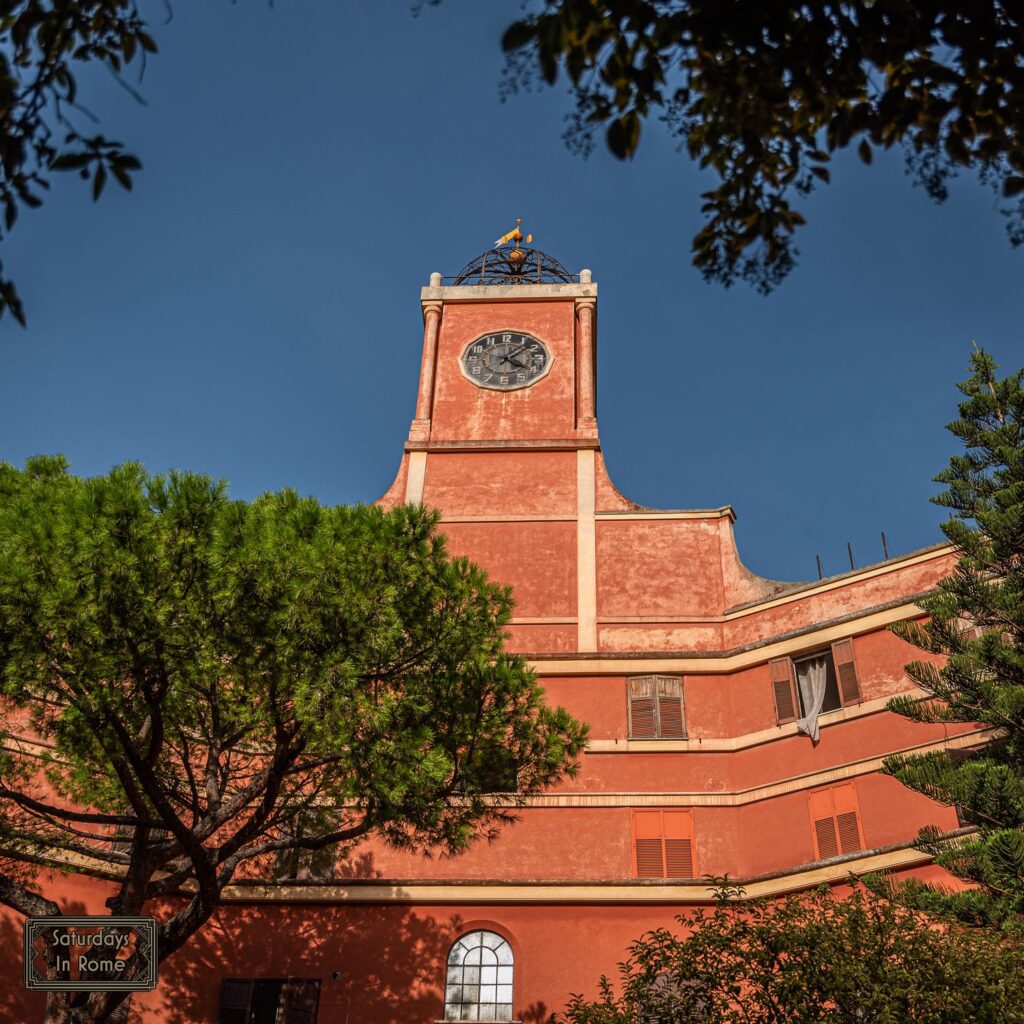
Basilica Of Saint Paul Outside The Walls
Being that it is one of the seven churches on the Pilgrim’s Trail and one of the four ancient basilicas of Rome (including: Archbasilica of St. John Lateran, St. Peter’s Basilica and Basilica di Santa Maria Maggiore) the faithful should probably make some time for a visit. While situated outside of Vatican City, the Holy See administers the church claimed to have been built over the burial ground of St Paul in the fourth century and contains the tomb of St Paul.
Cultural References To Garbatella
There are several people and films that have called Garbatella their home. For example:
- Giorgia Meloni, the recently elected Prime Minister of Italy
- Enrico Montesano, an Italian actor, TV presenter, singer and former politician
- Maurizio Arena, an actor, director and screenwriter
- Enzo Staiola, an actor
- Gigi Proietti, an actor, voice actor, comedian, musician, singer and television presenter
- Valerio Mastandrea, a film, stage and television actor
- The movie: The Girls of Piazza di Spagna (Le ragazze di Piazza di Spagna)
- The movie: Dear Diary (Caro Diaro) By Nanni Moretti
- Alvaro Amici, a singer and actor
Commemorative Plaque Celebrating 90 Years!
Is Garbatella, Rome Safe?
As with the vast majority of Rome, the Garbatella neighborhood is considered safe. I only spent a couple of days in the area, and didn’t walk around at night, but the area didn’t seem too crowded, the parks were full of children playing and having parties and the Garbatella Metro station didn’t seem very sketchy at all. I think that because this area is less touristy than other parts of Rome (i.e. more central) that the scams, pickpockets and purse snatching is less common here.
One exception is in the area that you can see from the Metro and what I initially and incorrectly thought was Garbatella. The area of the Ponte Settimia Spizzichino, between via Ostiense and via Giacinto Pullino is desolate and seemingly a bit dangerous. In particular, the General Markets of via Ostiense (Mercati Generali di via Ostiense) are an area of abandoned buildings that seem a bit unsafe. The construction of this market began in 1913 and the area was chosen for the ease of handling goods from the Tiber River. In 2004, the general markets were closed and relocated east of the capital and it now sits abandoned.
How To Safely Reach Garbatella
If you are interested in a nice long walk with plenty to see, it is easy to reach Garbatella by foot from most areas of Rome. You can also choose to use public transportation. Metro line B can bring you to the eponymous stop easily enough, and you can also take any bus that runs along via Cristoforo Colombo or via Ostiense.
Learn More About Some Other Rome Neighborhoods
No need to ask: “Is Garbatella, Rome Safe?” because it is a unique place worth a visit, along with plenty of other interesting and safe places to investigate all around Rome. If you enjoyed this post, check out some others that will help you appreciate all the Rome has to offer:
- The Districts Of Rome Are All Uniquely Roman Experiences.
- More Districts In Rome, Italy That You Should Visit.
- The Quartiere Coppedè In Rome Is Waiting To Be Discovered.
- EUR Rome: A Historical District That You Should Experience.
- The Tiber River In Rome Is As Historic As The City Itself.
- While You’re There, Check Out EUR Lake Park.
- Your Guide To Rome’s Jewish Quarter.
- Don’t Miss The Villa Celimontana Park In Rome.
- The Palatine Hill In Rome, Italy: This Is Your Guide.
- Janiculum Hill Has Some Of The Best Views In All Of Rome.
- How To Stay Safe In Rome When Traveling On Vacation.
- Enjoying Early Morning Rome Can Help With Your Insomnia.
- A 3-Day Rome Itinerary Plans For Your Third Visit To Italy.

